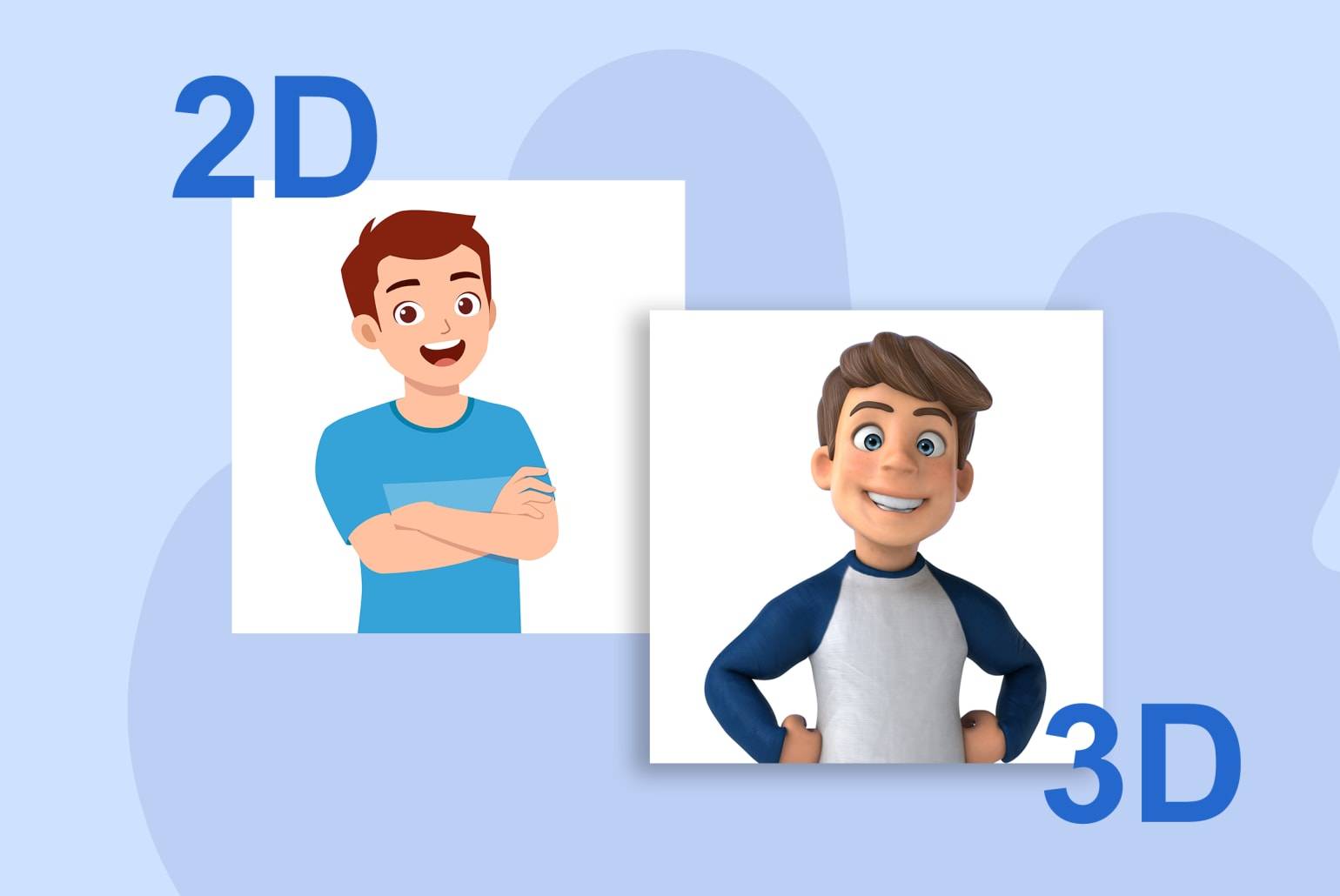You wouldn’t get in touch with a 2D or 3D Animation Studio without first appreciating a little something about the differences between these two forms of animation – or at least, we hope you wouldn’t. After all, it’s always helpful to be as well-informed as possible before you pick up the phone to a firm like Mosaic Motion.
It’s probably easiest to explain those differences by citing examples that you are likely to be familiar with – so let’s use this as a starting point.
2D animation – the original and still best?
Anyone who has ever watched a Looney Tunes cartoon or, to name some productions from more recent years, South Park or Family Guy, will have a sense of what 2D animation is.
It is the traditional form of animation that has existed since the 19th century, and which involves a swift succession of drawings – each in a slightly different pose – to give the illusion of movement.
A 2D animation studio traditionally worked by producing pencil drawings of every frame of film, before painting these drawings onto clear plastic sheets known as ‘cels’.
Thousands of these hand-drawn and painted cels would be photographed, one at a time, over a hand-painted background image. This would be followed by the compilation of these images to run as film at a rate of 24 frames a second.
Today, of course, the usual tendency is for 2D animation to be created using computer software, as we do here at Mosaic Motion.
3D animation, however, opens up new possibilities
When we refer to ‘3D animation’, we may be referring to one of several things. There is stop-motion animation, for instance, such as that used in the Wallace and Gromit productions, which involves an actual on-screen object being carefully manipulated, one frame at a time.
Again, however, if you contact a 3D animation studio today, it is likely to be computer-based work in which they specialise. Here at Mosaic Motion, we can use a computer to animate things that exist in an X, Y and Z world, so that rather than a mere drawing of something, an object exists within the animation software that can be turned 360 degrees.
The world of possibilities that this mode of animation creates is astounding. It means that if you wish to see how an object looks from another angle, you can simply rotate it within the software – whereas a 2D animation studio would need to draw that object afresh.
Once a 3D object has been modelled, it can be treated almost like a physical, real-world object. This method of animation also allows for the creation of highly realistic objects that can be made to appear solid with textures and lighting.
But there is another path...
An alternative path to opting simply for one of these avenues, however, is to explore the finest things about both of these popular and compelling animation modes, and how they can be combined in one animation.


